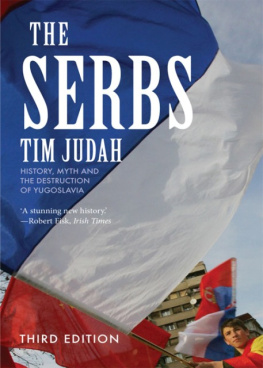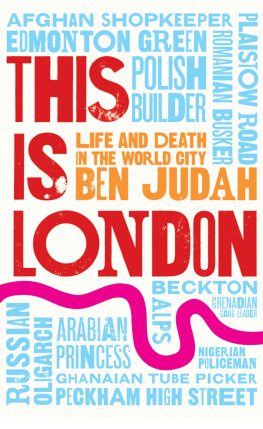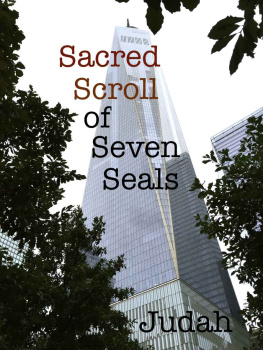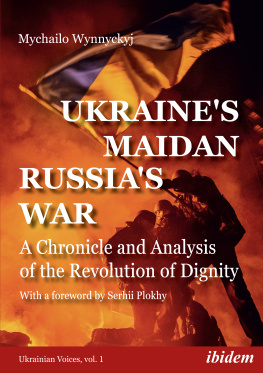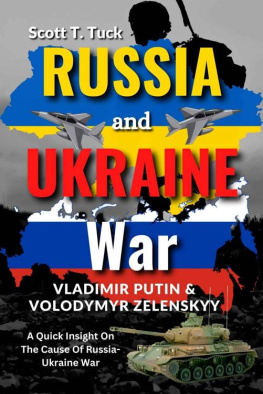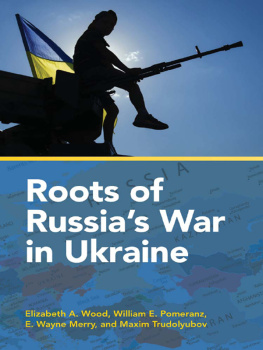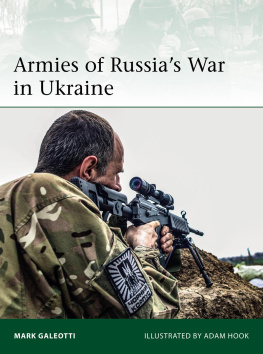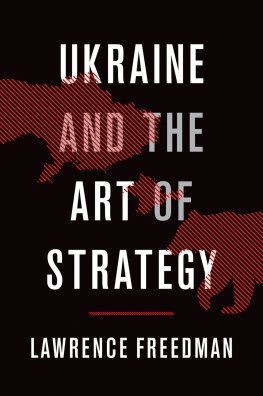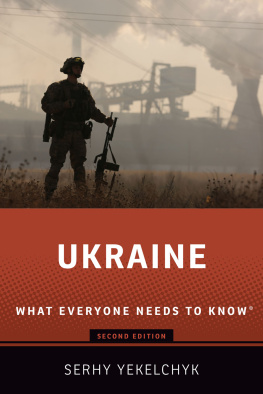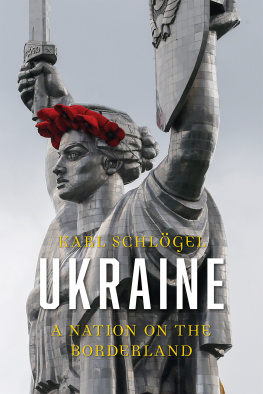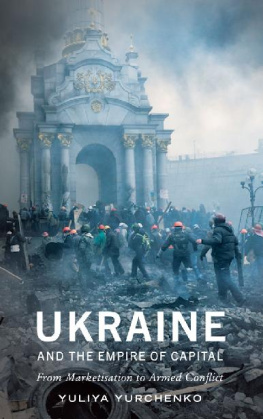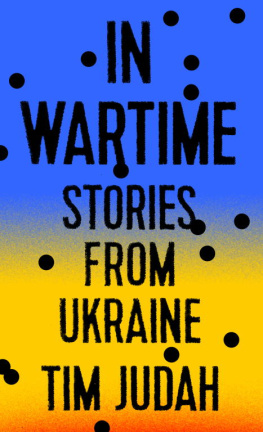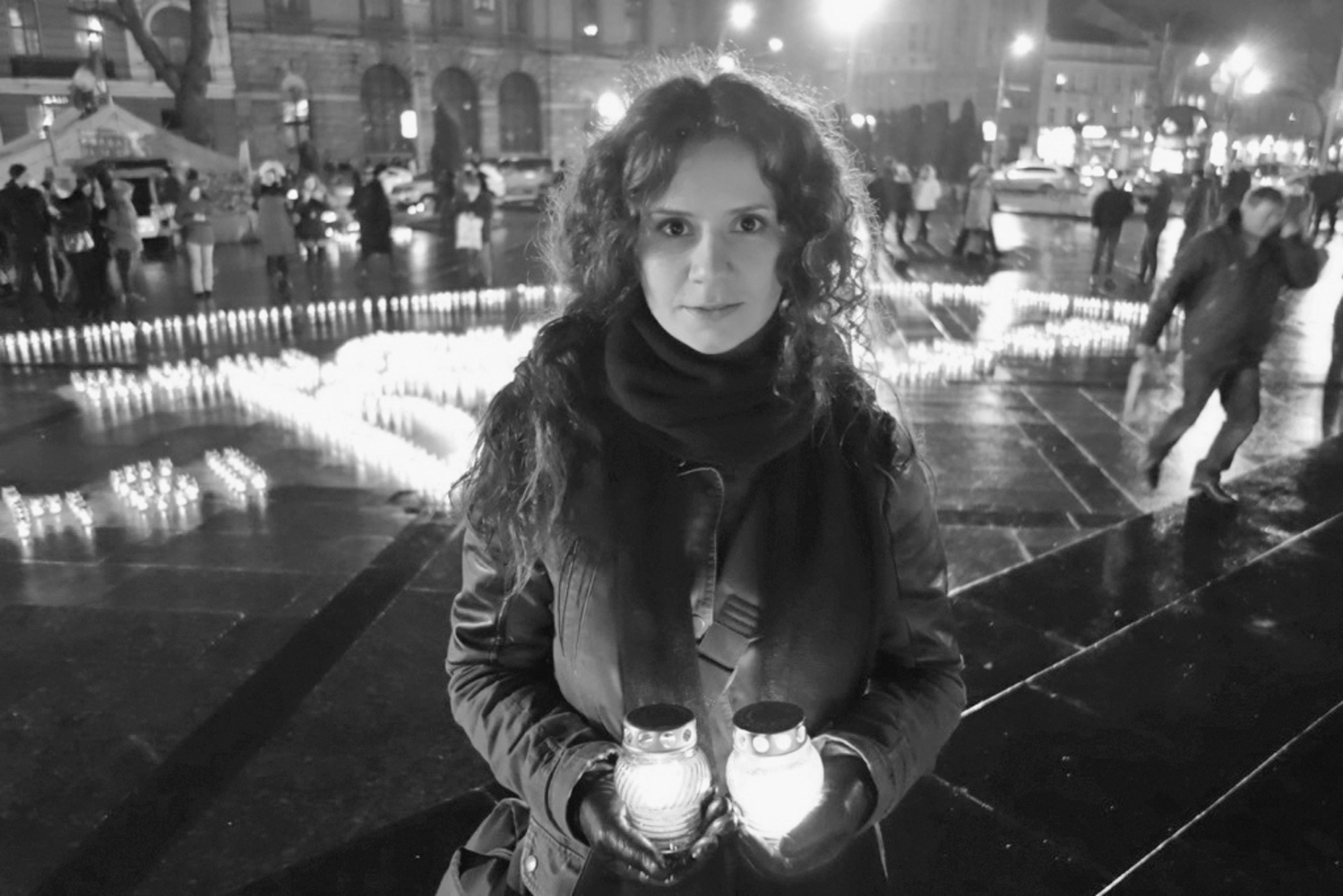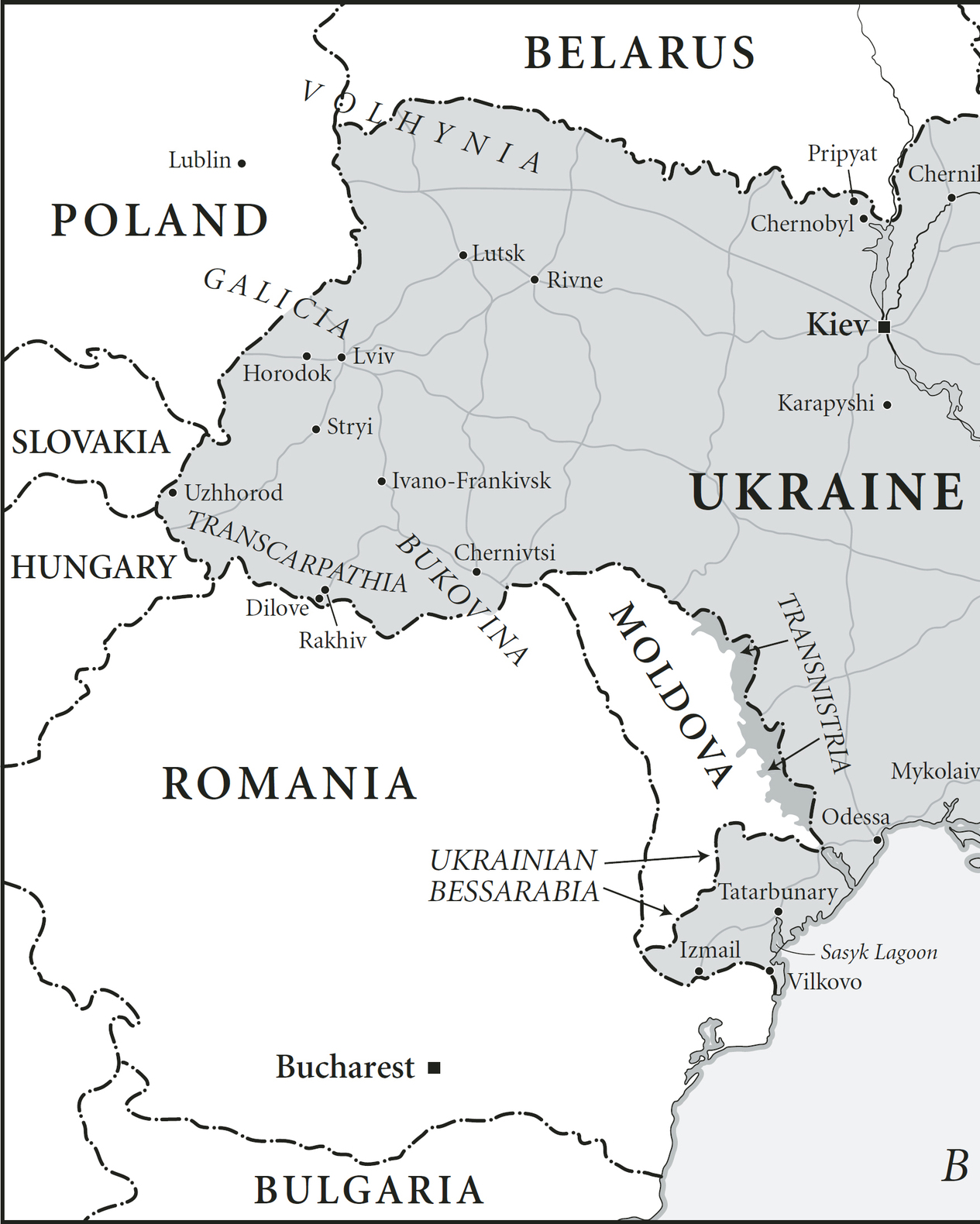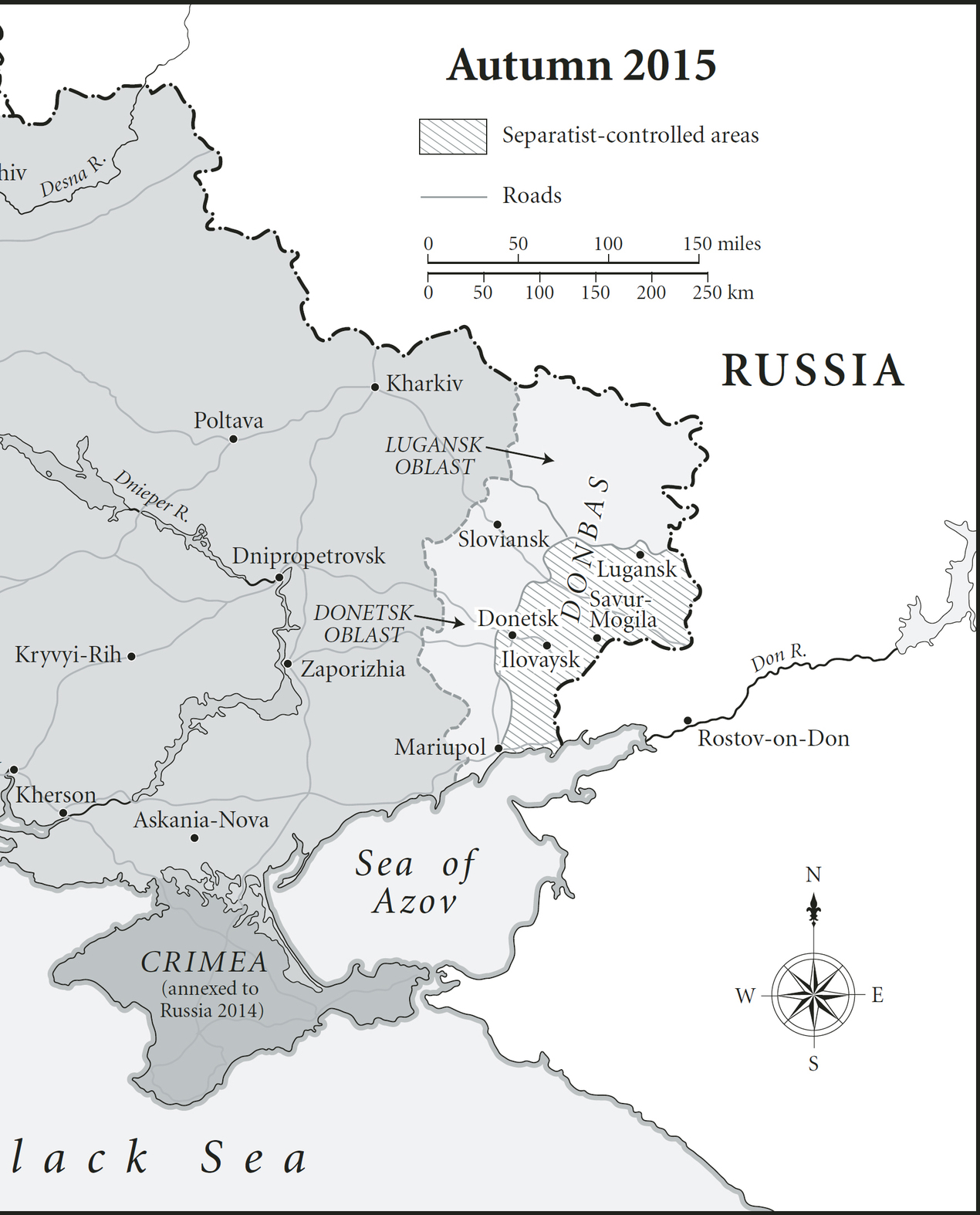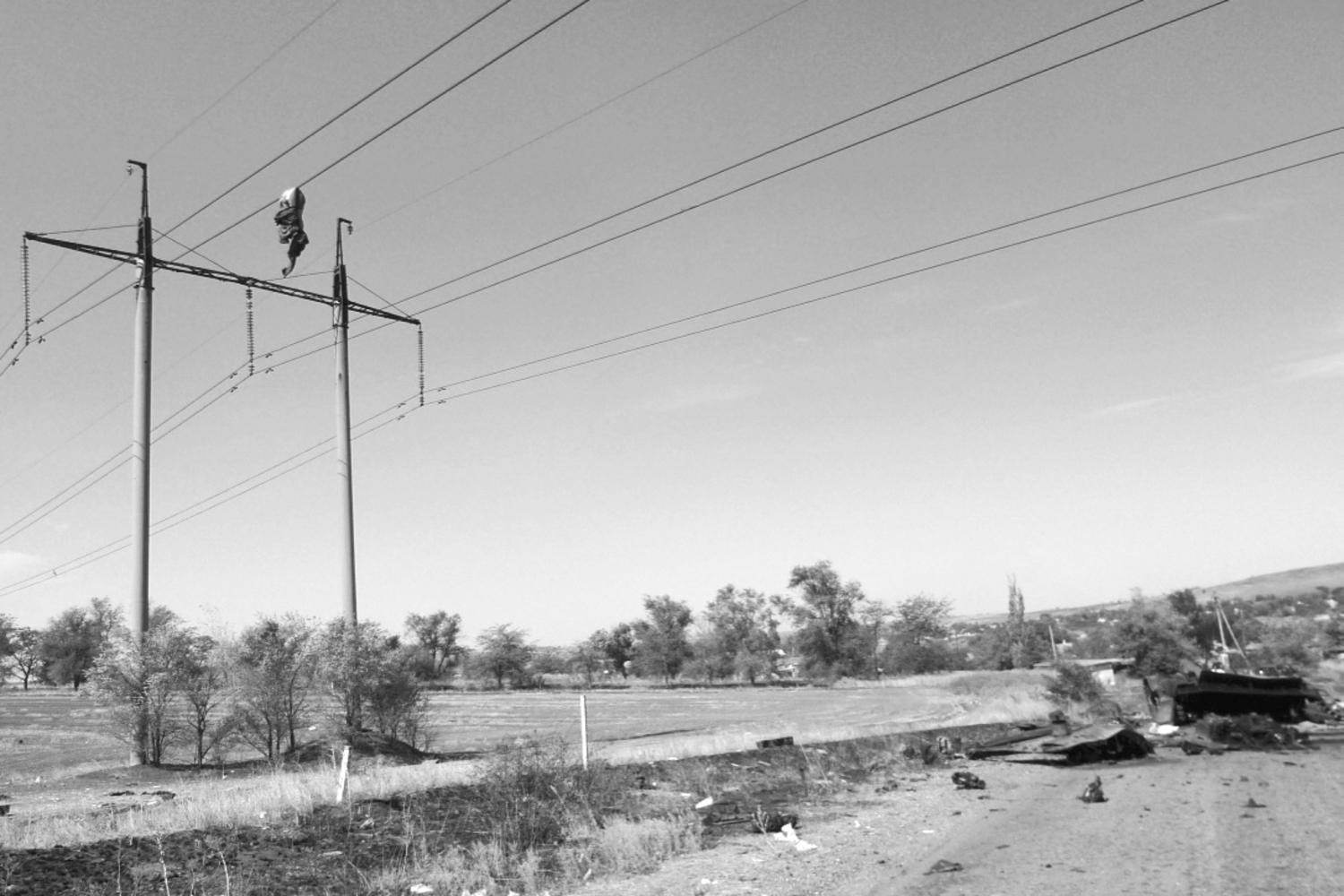Contents
Copyright 2015 by Tim Judah
All rights reserved.
Published in the United States by Tim Duggan Books, an imprint of the Crown Publishing Group, a division of Penguin Random House LLC, New York.
crownpublishing.com
Tim Duggan Books and the Crown colophon are trademarks of Penguin Random House LLC.
Selected material was originally published in different form in The New York Review of Books and its blog, the NYR Daily, in 2013 and 2014.
Originally published in Great Britain by Allen Lane, an imprint of Penguin Random House UK, London, in 2015.
Library of Congress Cataloging-in-Publication Data
Names: Judah, Tim, 1962 author.
Title: In wartime : stories from Ukraine / Tim Judah.
Description: First edition. | New York : Tim Duggan Books, 2016.
Identifiers: LCCN 2016000368 (print) | LCCN 2016023308 (ebook) | ISBN 9780451495471 (hardback) | ISBN 9780451495488 (trade paperback) | ISBN 9780451495495 (ebook) | ISBN 9780451495495 (ebook/epub)
Subjects: LCSH: Ukraine Conflict, 2014 | Ukraine Conflict, 2014Personal narratives. | Judah, Tim, 1962TravelUkraine. | Ukraine Conflict, 2014Social aspects. | War and societyUkraineHistory21st century. | UkraineForeign relationsRussia (Federation) | Russia (Federation)Foreign relationsUkraine. | BISAC: HISTORY / Europe / Former Soviet Republics. | HISTORY / Europe / Eastern. | HISTORY / Military / Other.
Classification: LCC DK508.846 .J832 2016 (print) | LCC DK508.846 (ebook) | DDC 947.086dc23
LC record available at https://lccn.loc.gov/2016000368
ISBN9780451495471
Ebook ISBN9780451495495
Cover design by Tal Goretsky
Maps by John Gilkes
Photo credits are in the Acknowledgments on
v4.1
a
Holodomor commemoration. Lviv, November 2014.


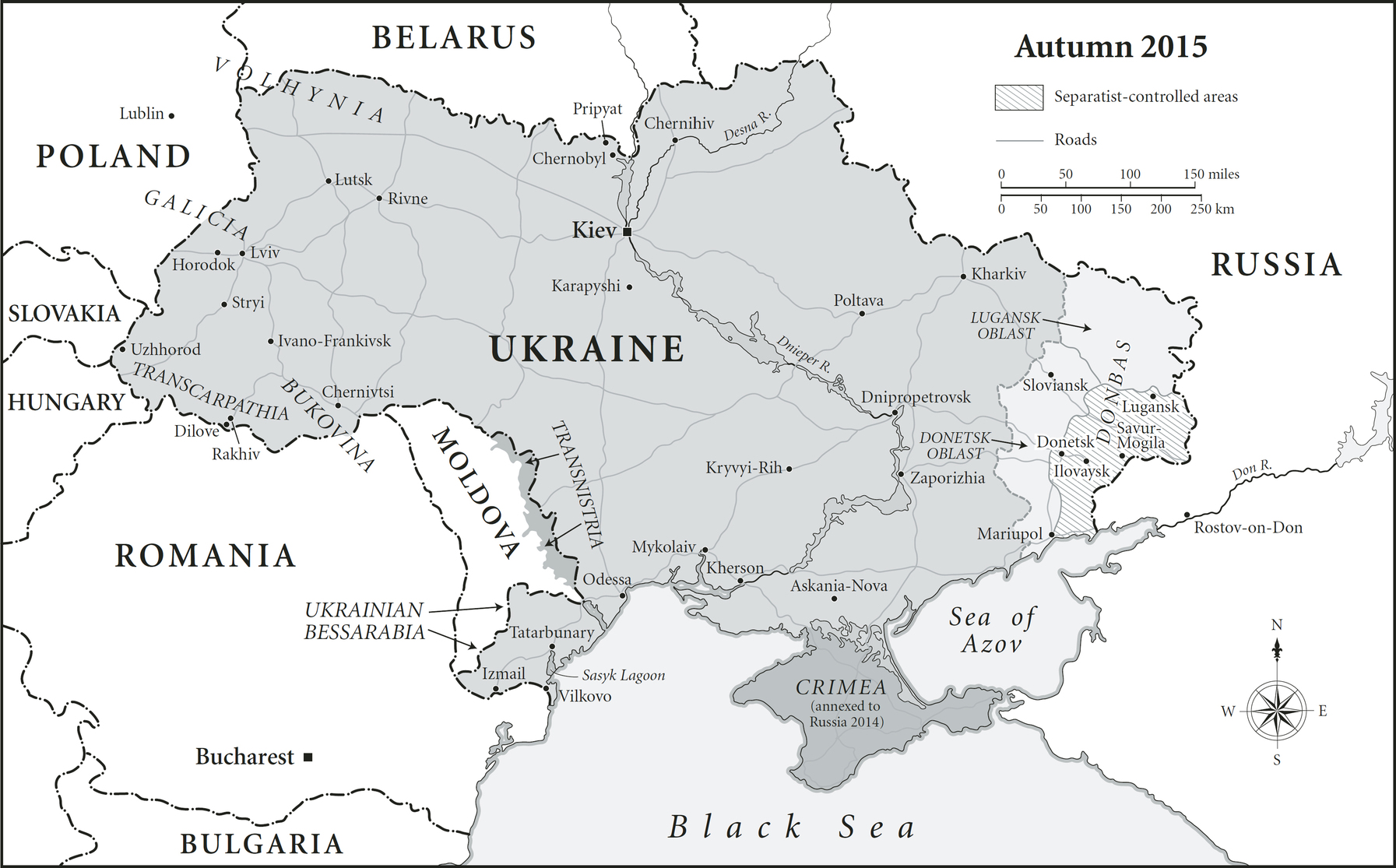

Dead Ukrainian soldier hanging from power cables. Novokaterinivka, September 2014.
This is what I saw: the bloated corpse of a man, hanging folded over the high power cables in the eastern village of Novokaterinivka. He had been part of the Ukrainian retreat from Ilovaysk at the end of August 2014. When a rebel or Russian missile hit his armored vehicle and the ammunition inside it exploded, the top of it peeled off like the lid of a sardine tin. His body was flung into the air and then caught on the wire. In the wreckage there were the charred remains of another young soldier and, by the blasted top of the vehicle, lying on the road, the blackened torso of a third man. His arm was held over his head. The body on the wire, which had completely escaped the flames, looked waxy and somehow unreal, swelling and gleaming slightly in the late summer sun. His trousers had come off, dangling from his feet, his shirt and jacket hung down over his head. It was a symbol of defeator of victory, depending on which side of the war you were on.
I tried to find his name, but failed. Quite possibly the dead soldier and I came close again a few months later in Lviv. Maybe he was buried here, almost 1,300 kilometers to the west, close to the Polish border in the grand Lychakiv cemetery. Much of the history of Lviv and western Ukraine is here. Literally. In November, the leaves are moldering in the damp and you can stroll past bronze men with bushily confident nineteenth-century mustaches and weeping, lichen-stained angels. Every tomb tells a story, but even more than that, every memorial, or at least the more recent ones, is still fighting the history wars for those who fell for their cause. Over here are the men of the Austro-Hungarian army who died fighting the Russians in the First World War. Up here are the Poles who died fighting the Ukrainians when it was over, and next to them are their Ukrainian enemies. Here are the people murdered by the Soviets in 1941. Here are the Soviets who died fighting the Nazis. Here is the monument to the local Ukrainian SS division. Here are the other Ukrainians who fought with the Nazis, against them, against the Poles again and then against the Soviets.
And now the new sections for a new generation: here are the heroes of Lviv who were killed fighting the regime of President Viktor Yanukovych during the Maidan revolution of 2014. And here, beginning a few months later, are eighteen graves piled high with wreaths and draped with yellow and sky blue Ukrainian flags. In the framed photos on top of the graves you can see how young were some of these men who died in the war in the east, or maybe some looked so young because the last proper portrait of them was taken when they graduated from school?
Olha Vaskalo was fussing around the grave of her son Roman, who was twenty-five, as though he was in the hospital and not six feet below her. He had joined up in May 2014 and was killed in July. He had been in Lugansk. He was injured in the leg with shrapnel from a Grad missile. Was it worth it? I asked. She looked confused, uncertain what to say. Then she replied: The children are dying for nothing. He had a two-year-old son and worked on the railways. An old lady called Nadya, who had been listening, joined in. Only


